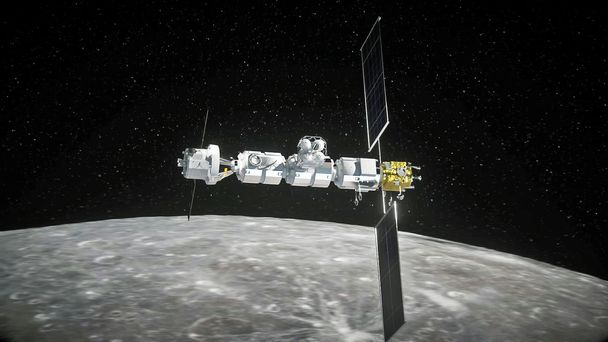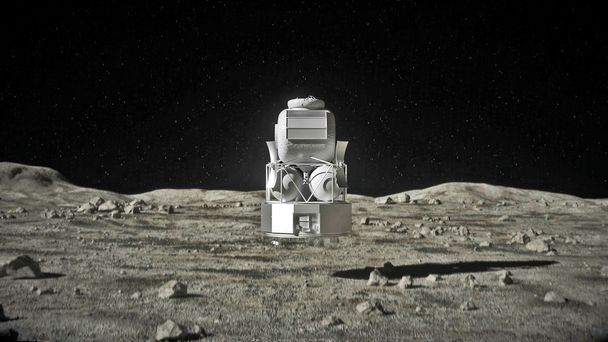Fly me to the Moon… with Airbus

In 1969, space exploration changed forever when America’s Apollo 11 brought the first manned mission to the Moon. Now, 50 years after the initial crewed lunar landing – and 47 since the last – mankind is preparing to visit its closest neighbour in space again.
Under its Artemis programme, the U.S. space agency NASA is planning a Moon landing as early as 2024. Europe and Airbus are playing a major role in this ambitious project: Orion is the spacecraft that will send humans into space, and the European Service Module (ESM) – for which Airbus is the prime development and manufacturing contractor – is Europe’s contribution to the space capsule. It provides propulsion, power, water, oxygen and nitrogen as well as keeps the spacecraft at the right temperature and on course.
The initial module was delivered to NASA in November 2018; the second is under construction in the Airbus clean rooms. The first Orion flight – an unmanned test flight – is expected to lead far beyond the moon and return to Earth in 2020.
Airbus and the Gateway outpost
To enable lunar exploration NASA plans a Lunar Orbital Platform-Gateway, a moon-orbiting space station that would extend humanity's presence in space as well as provide a platform for scientific experiments. NASA will also use the outpost to access the Moon.
The European Space Agency (ESA) is planning to participate in the Gateway project, with a living and research module as well as an infrastructure module for the later expansion – awarding Airbus a study contract for both. In the first study, Airbus in Bremen, Germany is developing a concept for an international living and research module. In the second, the company’s Toulouse, France site is designing a concept for an infrastructure element for refuelling, docking and telecommunications, which will also act as a lock for scientific equipment.

Airbus’ Moon Cruiser concept
Conducting lunar missions, including the Gateway construction, will be a complex task for the international community that requires a well-planned chain of supply and logistics missions. Airbus' Moon Cruiser concept can support both the development of the Gateway and subsequent lunar missions, playing a role in logistics, transporting cargo or fuel to the lunar orbit and Gateway for refuelling.
The Moon Cruiser will be compatible with the new Ariane 6 launcher – developed by ArianeGroup, the joint venture between Airbus and Safran – enabling various modules to be sent to the Gateway, as well as transferring a large module into low lunar orbit.
International Space Station: enabling future Moon missions
For some 20 years, mankind has been living and working aboard the International Space Station (ISS) and its Columbus space laboratory – built by Airbus – is ESA’s largest single contribution to the ISS, as well as the first permanent European research facility in space.
The successful continuation of the ISS operation is important for future research, as important technologies can be tested there before being used for a long journey to the Moon. For example, an innovative and efficient life-support system built by Airbus in Friedrichshafen, Germany – indispensable for astronauts' journeys to the Moon or beyond – is currently being tested on the ISS.